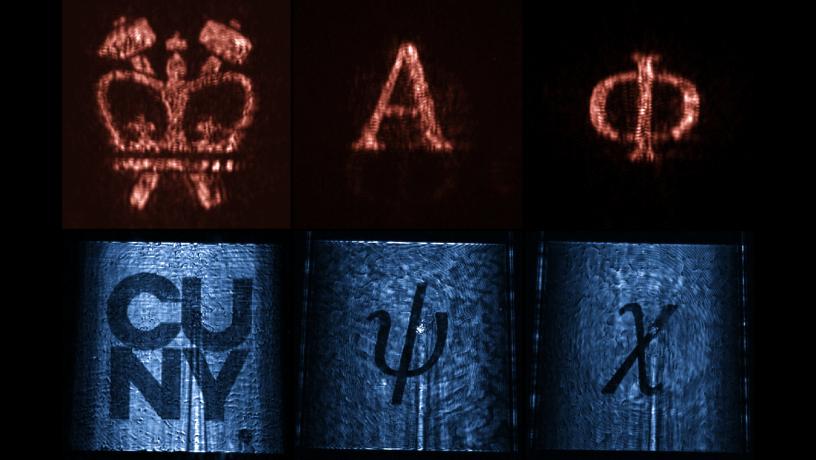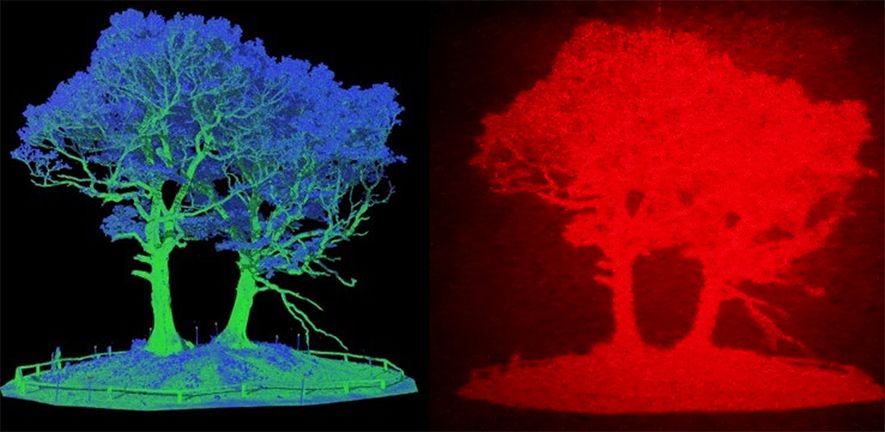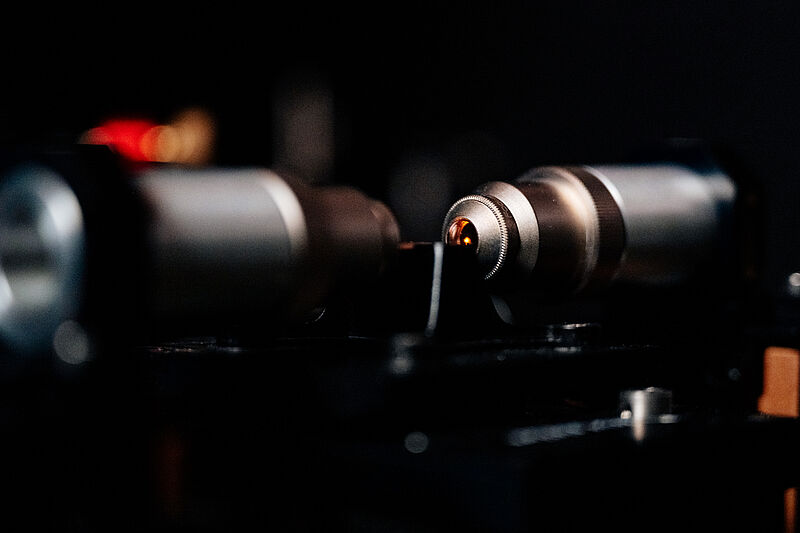
Researchers at Columbia Engineering have developed a new class of integrated photonic devices – “leaky-wave metasurfaces” – that can convert light initially confined in an optical waveguide to an arbitrary optical pattern in free space...
Read More

Researchers at Columbia Engineering have developed a new class of integrated photonic devices – “leaky-wave metasurfaces” – that can convert light initially confined in an optical waveguide to an arbitrary optical pattern in free space...
Read More
Technology could benefit lidar applications from autonomous driving to virtual reality. Researchers have developed a new chip-based beam steering technology that provides a promising route to small, cost-effective and high-performance lidar (or light detection and ranging) systems. Lidar, which uses laser pulses to acquire 3D information about a scene or object, is used in a wide range of applications such as autonomous driving, free-space optical communications, 3D holography, biomedical sensing and virtual reality.
“Optical beam ste...
Read More
Researchers have developed the first LiDAR-based augmented reality head-up display for use in vehicles. Tests on a prototype version of the technology suggest that it could improve road safety by ‘seeing through’ objects to alert of potential hazards without distracting the driver.
The technology, developed by researchers from the University of Cambridge, the University of Oxford and University College London (UCL), is based on LiDAR (light detection and ranging), and uses LiDAR data to create ultra high-definition holographic representations of road objects which are beamed directly to the driver’s eyes, instead of 2D windscreen projections used in most head-up displays.
While the technology has not yet been test...
Read More
Researchers develop new method of measurement. Researchers at Paderborn University have developed a new method of distance measurement for systems such as GPS, which achieves more precise results than ever before. Using quantum physics, the team led by Leibniz Prize winner Professor Christine Silberhorn has successfully overcome the so-called resolution limit, which causes the “noise” we may see in photos, for example. Their findings have just been published in the academic journal Physical Review X Quantum (PRX Quantum).
Physicist Dr Benjamin Brecht explains the problem of the resolution limit: “In laser distance measurements a detector registers two light pulses of different intensities with a time difference...
Read More
Recent Comments